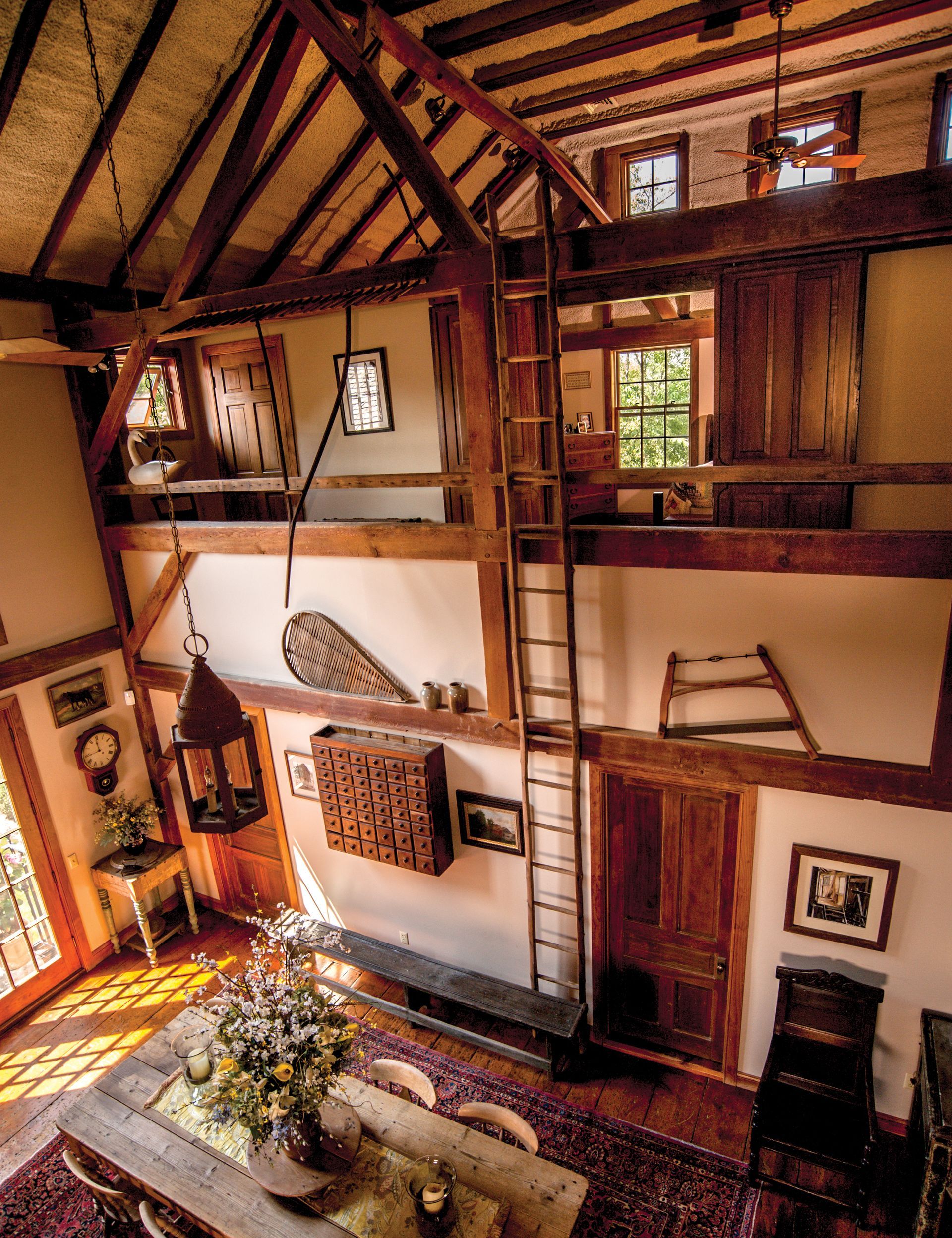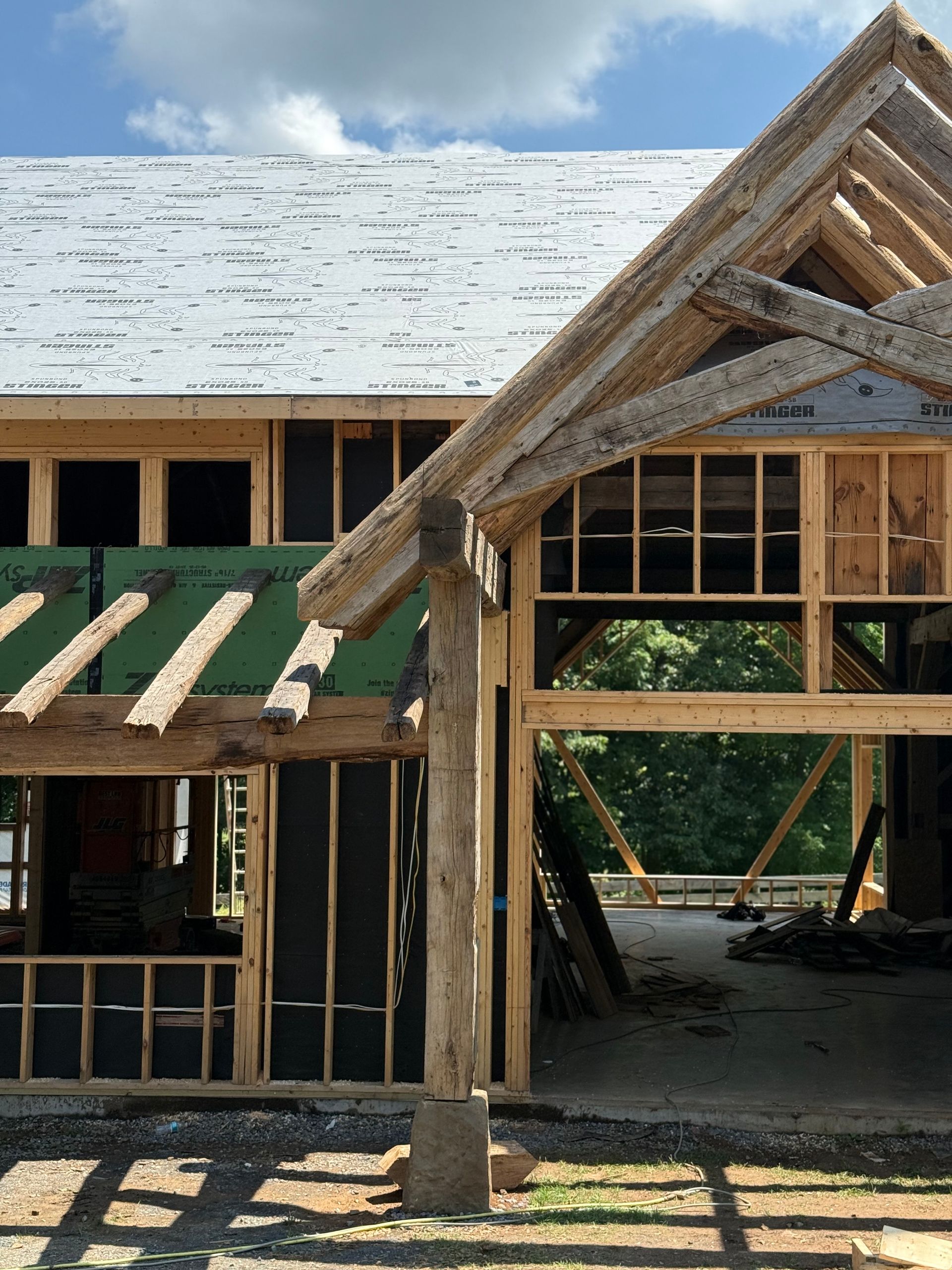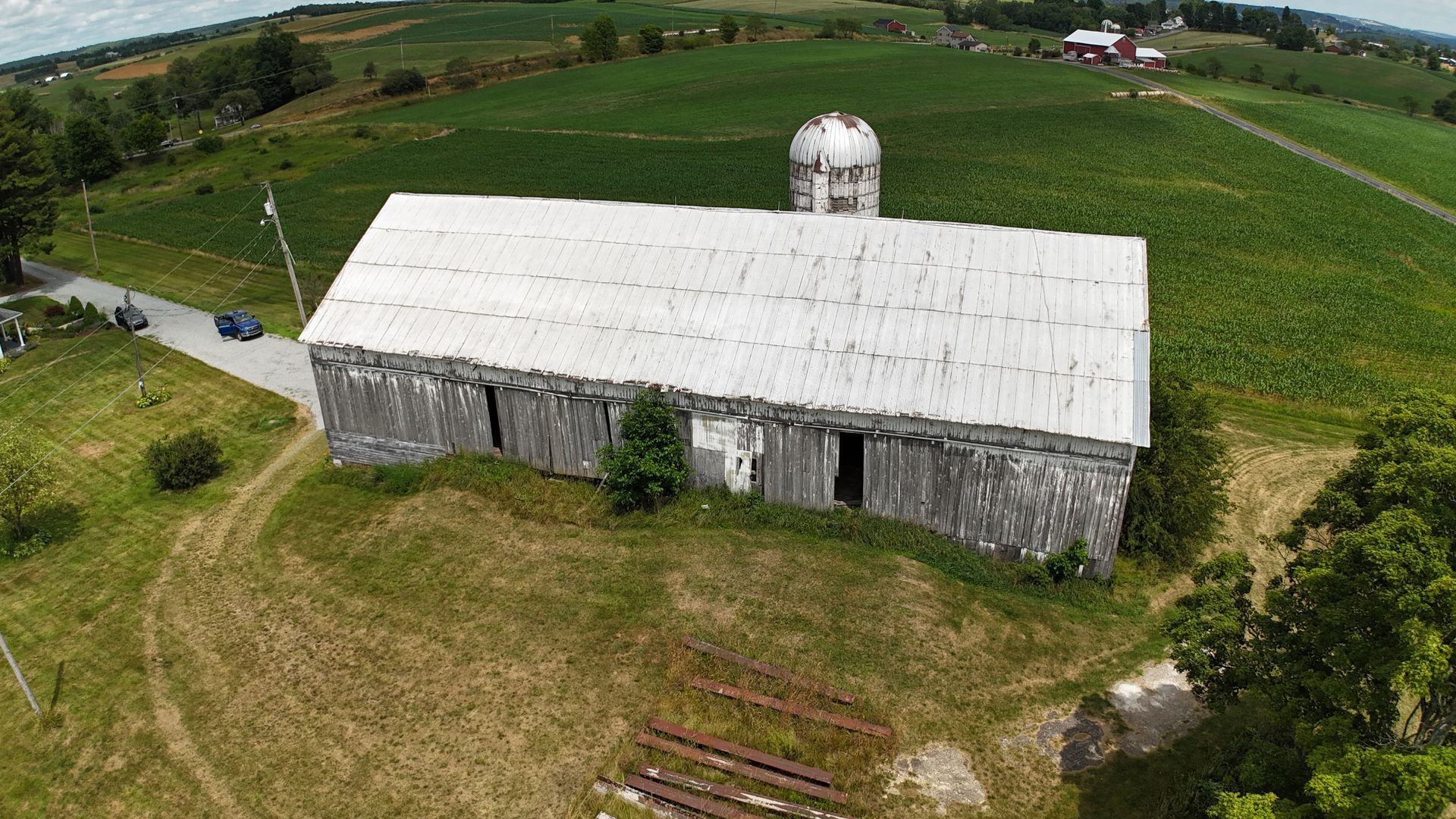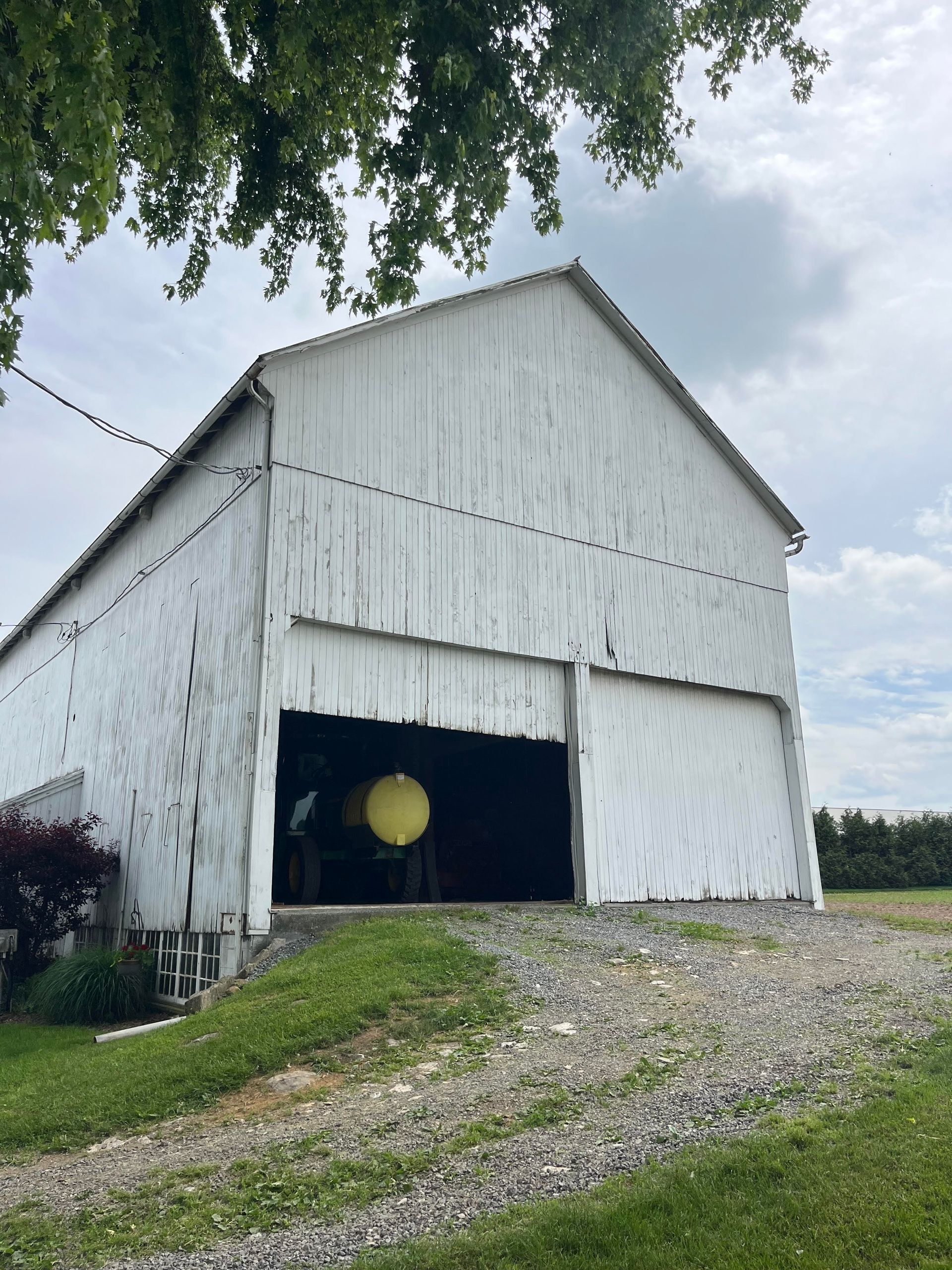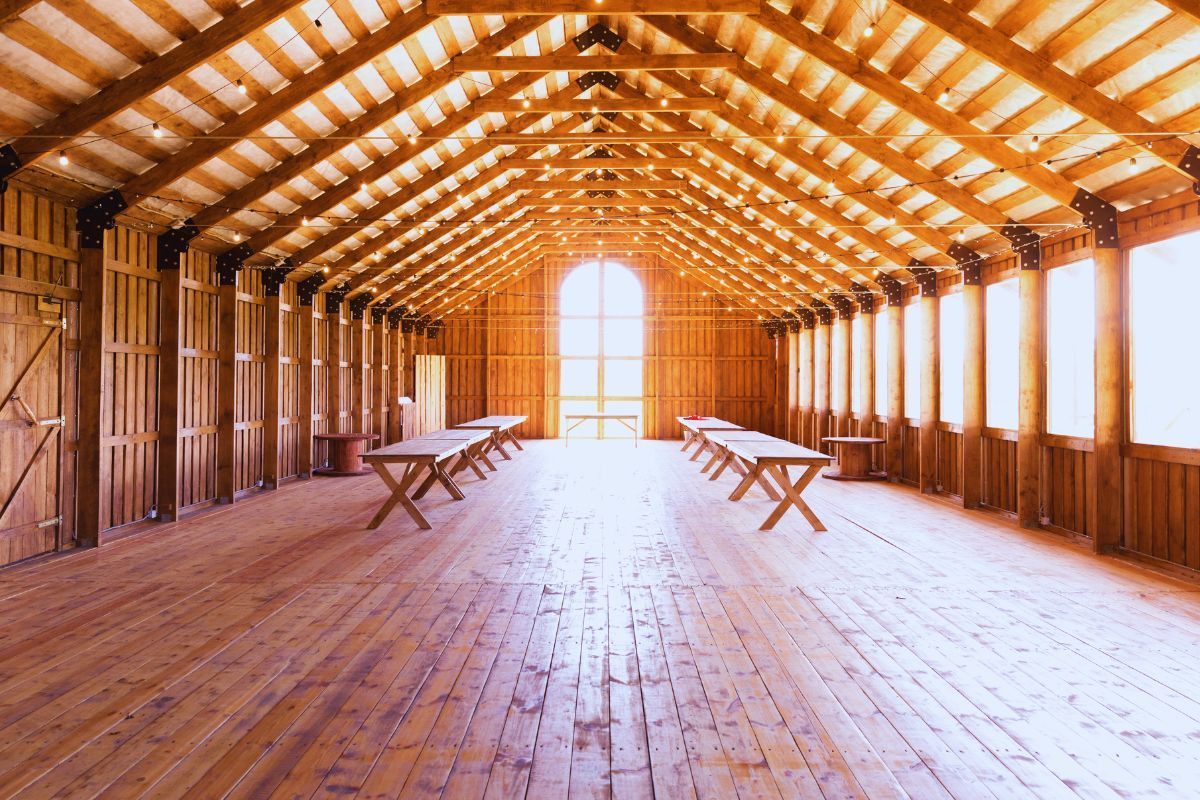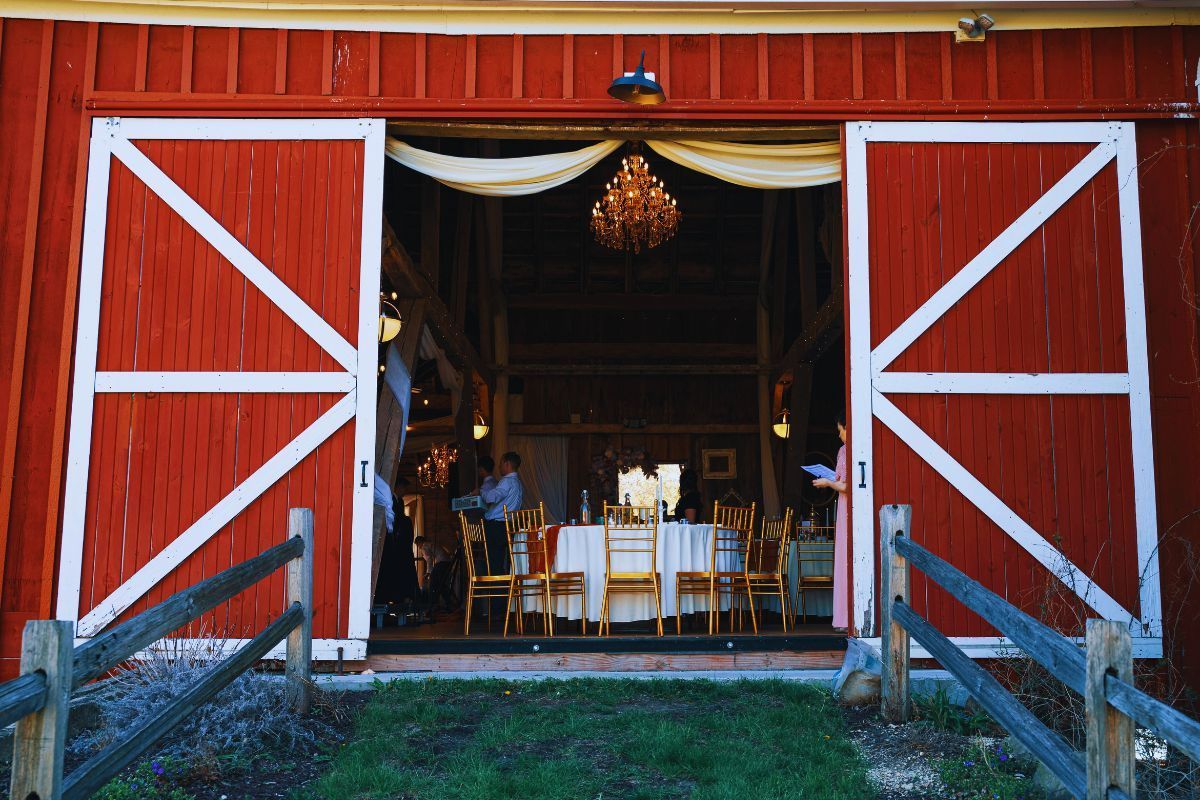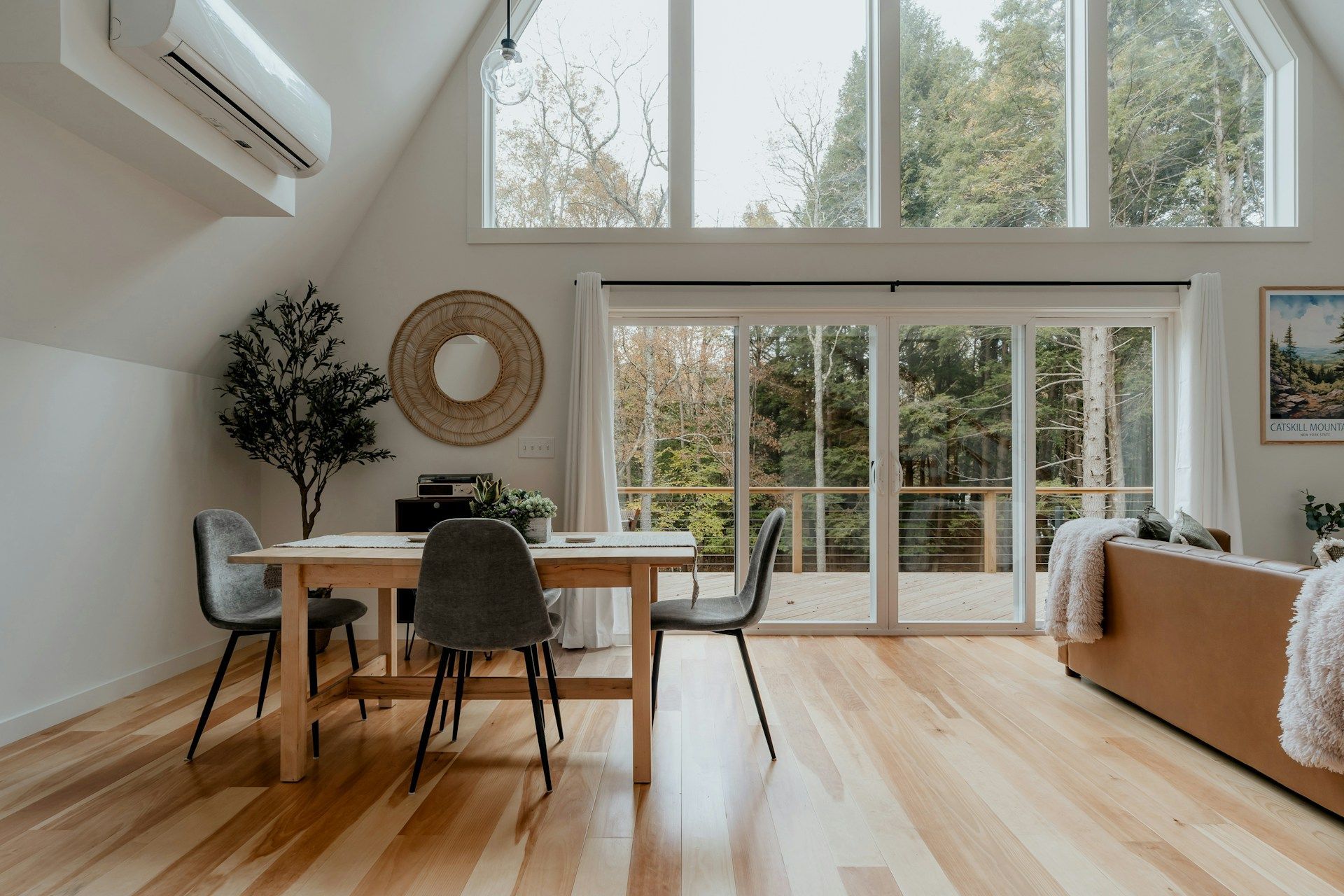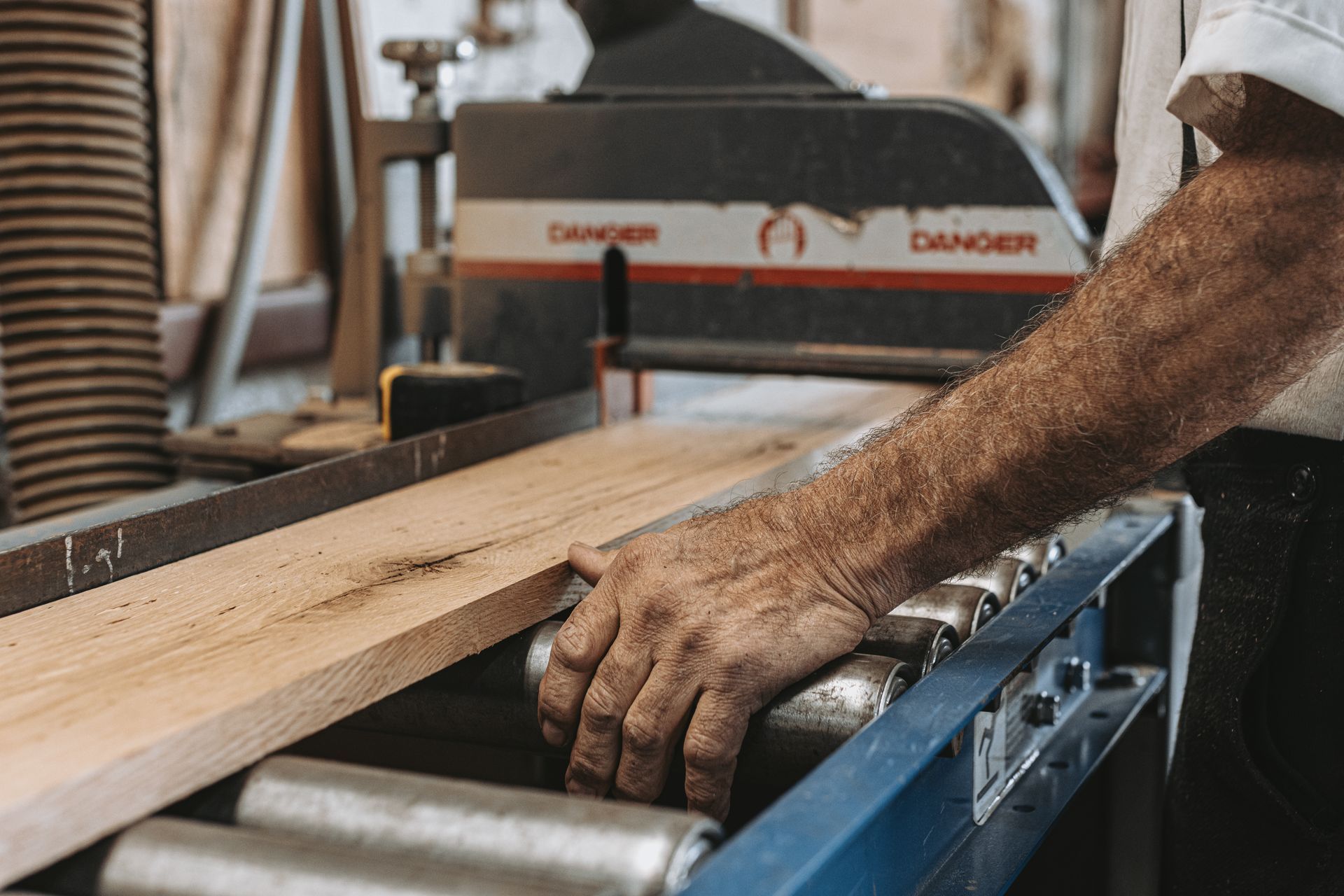The Barn to House Conversion Secrets Experts Swear By
Transforming Rustic Style into Modern Living Spaces
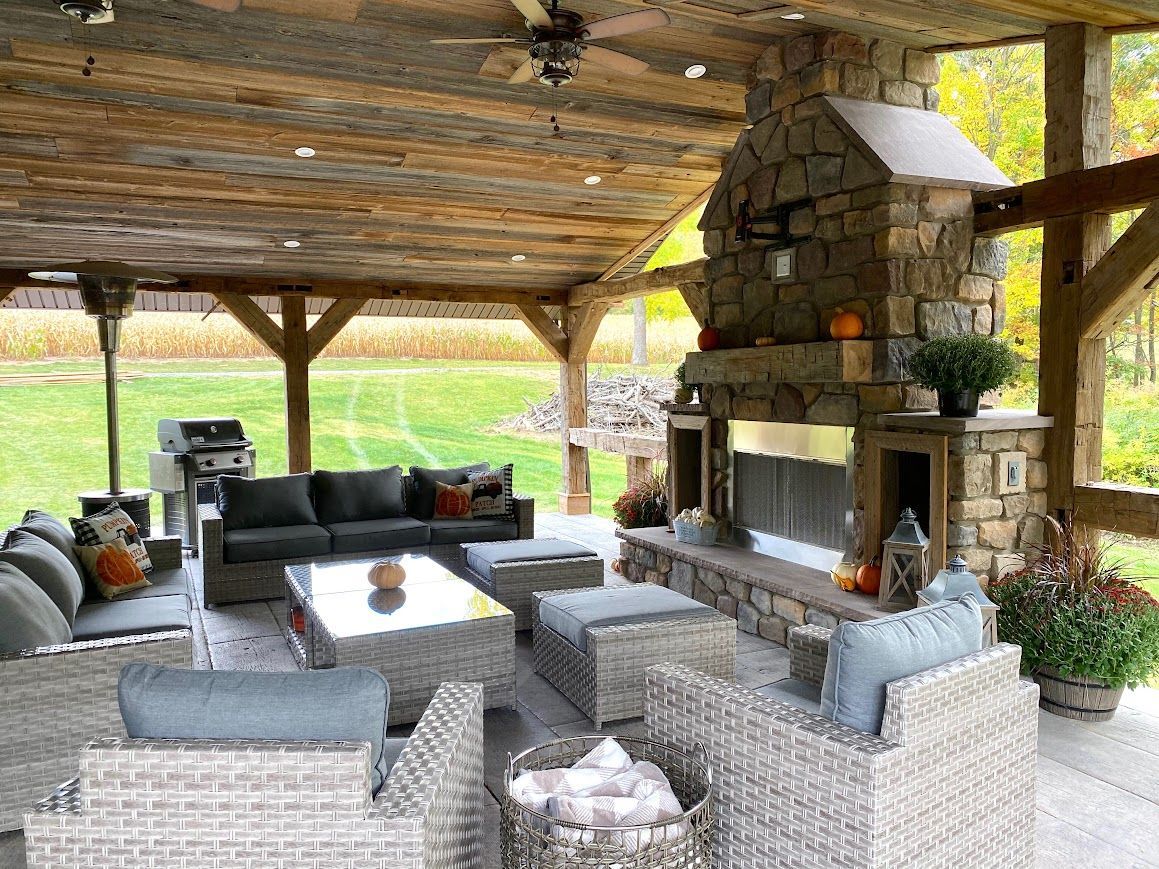
Converting an old barn into a home is becoming increasingly popular among individuals seeking homes with character and history. These large, unique spaces have a lot to offer, but there are also some challenges you need to think about before starting such a project.
Here's a breakdown of the benefits and potential problems of converting a barn into a home to help you decide if it’s the right choice for you.
Why People Love Barn Conversions
Unique Style and History
One of the biggest reasons people choose barn conversions is their one-of-a-kind charm. Many old barns have beautiful features like high ceilings, wooden beams, and traditional craftsmanship you don’t find in most modern homes. These historic details tell a story about farming and building techniques from the past, giving your home a special connection to history.
Open Floor Plans
Barns are designed as large open spaces, which makes them perfect for creating open floor plans. The wide, uninterrupted layouts give you the freedom to design a home that feels modern while keeping the old barn’s original charm.
Environmentally Friendly
Instead of building a new house from scratch, reusing a barn can be a more eco-friendly choice. It saves materials, reduces waste, and uses the energy already invested in the original structure. If sustainability is important to you, a barn conversion can be a great way to help the planet.
Challenges to Watch Out For
Fixing Structural Problems
Many old barns have been standing through years of weather, pests, and general wear and tear. This means they might need some serious repairs before you can make them livable. Structural issues, like rotting wood or weakened supports, can add a lot to the project cost.
Adding Insulation and Energy Efficiency
Barns were built for storing animals and crops, not for keeping people warm and cozy. You will need to add insulation, heating, and cooling systems to make the space comfortable year-round. Preserving the barn’s original features while making modifications can be challenging.
Meeting Building Codes
Converting a barn into a home requires adhering to strict building codes. Rules regarding aspects such as ceiling height, stair safety, and fire escapes can complicate the project. Meeting these rules often requires extra planning and work.
Finding the Right Experts
Not all builders are familiar with handling barn conversions. You’ll need to find professionals who understand both historic barns and modern home construction. These experts can help balance saving the barn’s character with updating it for safe and comfortable living.
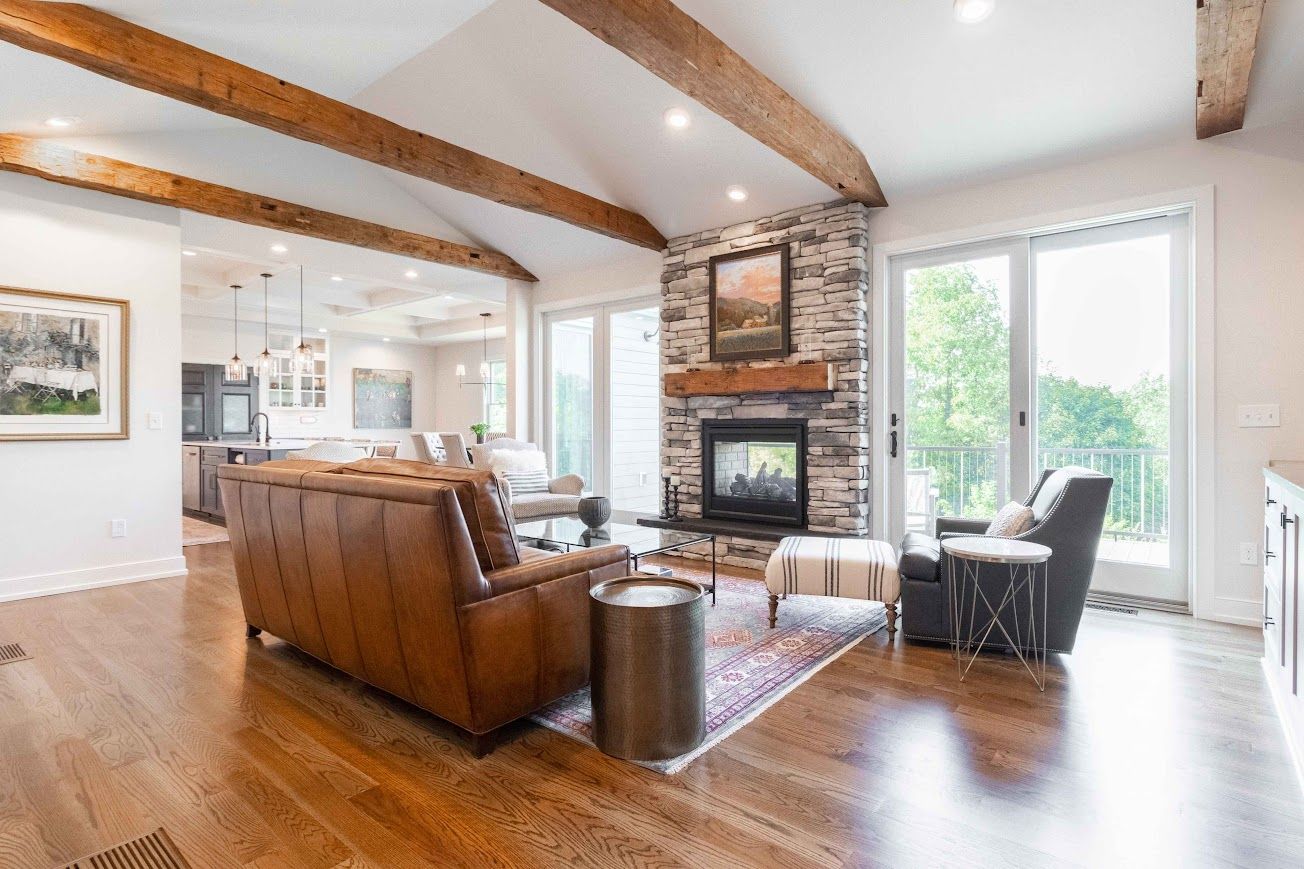
How Much Could It Cost?
The cost of a barn conversion depends on things like:
- The barn’s current condition
- How much repair work it needs
- The type of design and finishes you want
- Local building rules and permits
- Where you live
Converting a barn is often more expensive than building a typical home, but the result can be worth it for homeowners who love the unique charm and history.
A Different Option for Barn Lovers
If working with an old barn on-site seems overwhelming, companies like Bay & Bent offer another solution. They find historic barns from across the country and carefully take them apart. At their facility, these barns are repaired and restored, then shipped to you to reassemble.
This lets you enjoy the style and craftsmanship of a barn without facing some of the risks of fixing one yourself. Their team’s knowledge of timber framing ensures the barn’s historic design and strength are preserved.
Should You Try a Barn Conversion?
Before jumping in, think about these things:
- Do you have the budget to handle unexpected costs?
- Are you okay with flexible timelines for such a big project?
- How much do you value the charm and history of a barn?
- Can you work with local building regulations?
For individuals who appreciate unique homes rich in history and craftsmanship, converting a barn can be a rewarding option. It’s not always an easy process, but with the right team and proper planning, you could create a one-of-a-kind home that connects the past with modern living.
